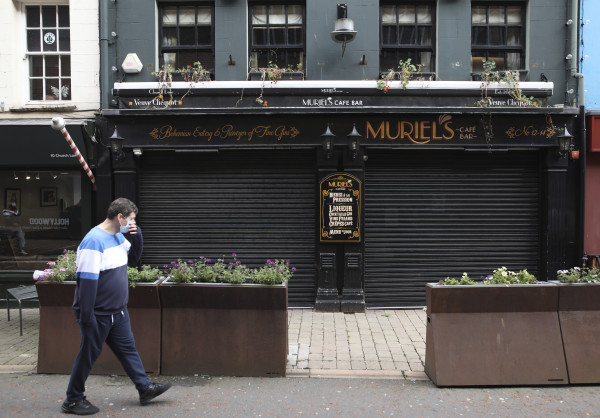Losses arising from a general reduction in consumer demand and the government’s various lockdown measures were said to be distinguishable and therefore not covered. However, the Court disagreed, ruling that all those consequences resulted from the same composite cause: namely, the occurrence of Covid-19.
With very limited exceptions, most insureds will therefore be able to claim up to the allowable monetary limited under their policy for any business interruption which the insured can show resulted from Covid-19, including by reason of the actions, measures and advice of the government, and the reaction of the public in response to the disease, from the date when the disease occurred in their relevant geographical area.
How can an insured prove the presence of Covid-19?
One issue that remains somewhat live is the question of how policyholders with disease clauses can prove that Covid-19 was present in the area required by their policy. The Court was unable to officially sanction any particular methodology, so insurers will have to consider this issue on a claim-by-claim basis.
Insurers did at least concede that certain forms of evidence could (in principle) be used to discharge an insured’s burden of proof. Examples of such evidence would include reported cases of the virus in a particular location, death statistics published by the NHS, or publicly available data published by the Office of National Statistics.
Policyholders could therefore, for example, seek to prove the presence of Covid-19 in their policy area if NHS data shows that a Covid-19 related death occurred at hospital situated within that area.
Exclusion clauses?
Confusingly, some insurance policies that contain a disease clause, may at first sight appear to also exclude any losses resulting from “disease and epidemic”. This was the case with one particular lead policy considered in the test case. However, the Court held that such contradictory general exclusions will not override an express grant of cover and accordingly that insurers cannot rely on them to deny payment.
Prevention of access clauses
The test case then considered “prevention of access” clauses. In broad terms, these clauses provide cover where there has been business interruption resulting from:
- prevention or hindrance of access to the insured premises,
- due to the actions, order or advice of a government or local authority,
- due to an emergency or incident that is likely to endanger life.
Although this is the area where policy wordings vary most significantly, the court identified some common themes that will assist in interpreting prevention of access clauses across the board.
Was there prevention or hindrance of access?











